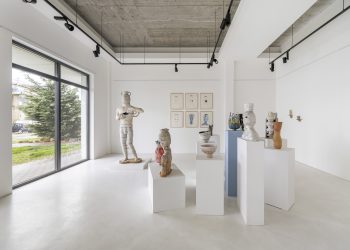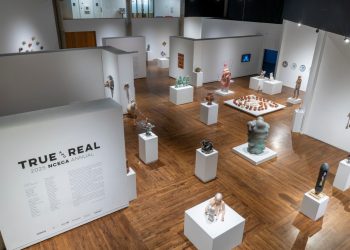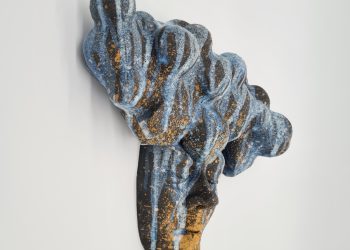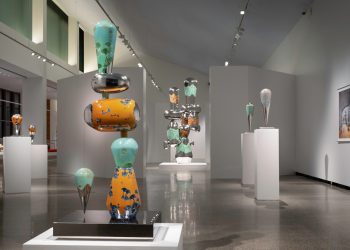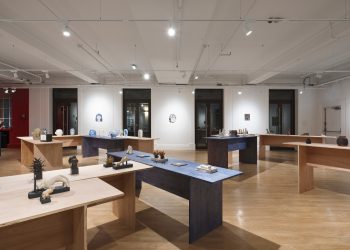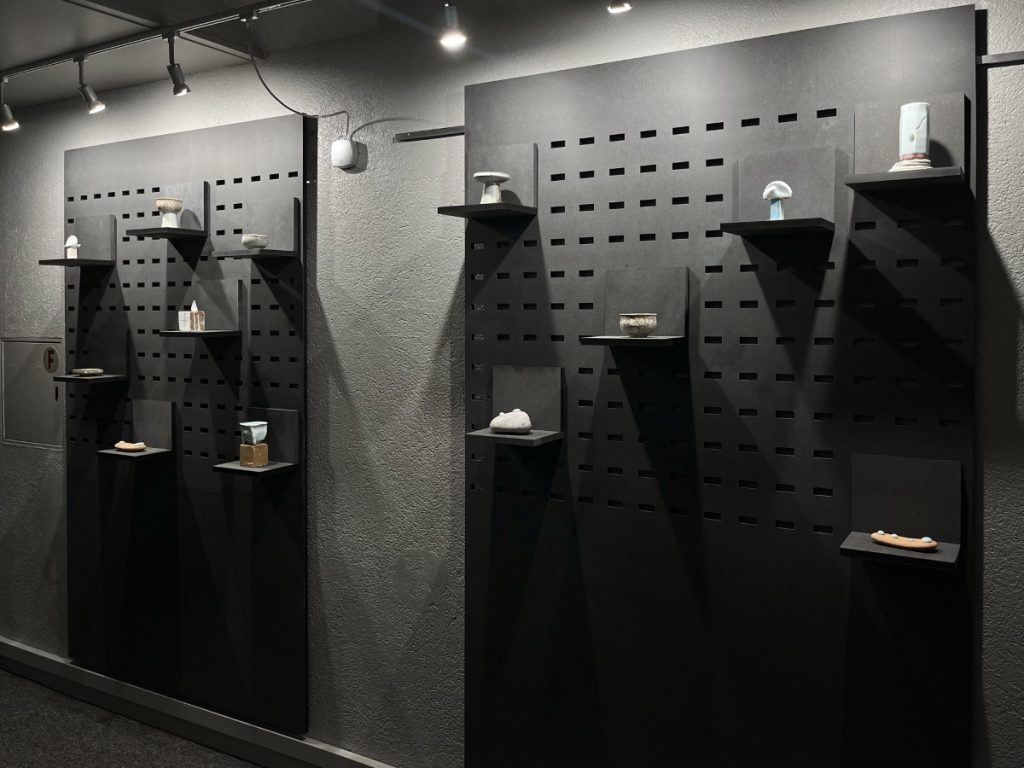
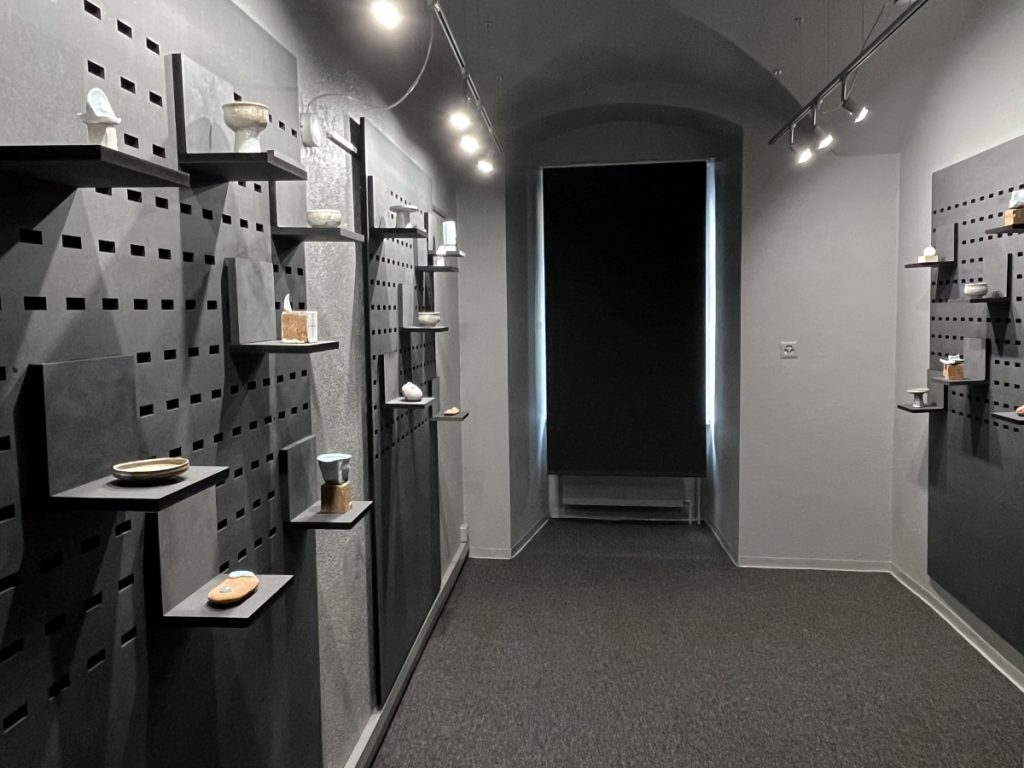
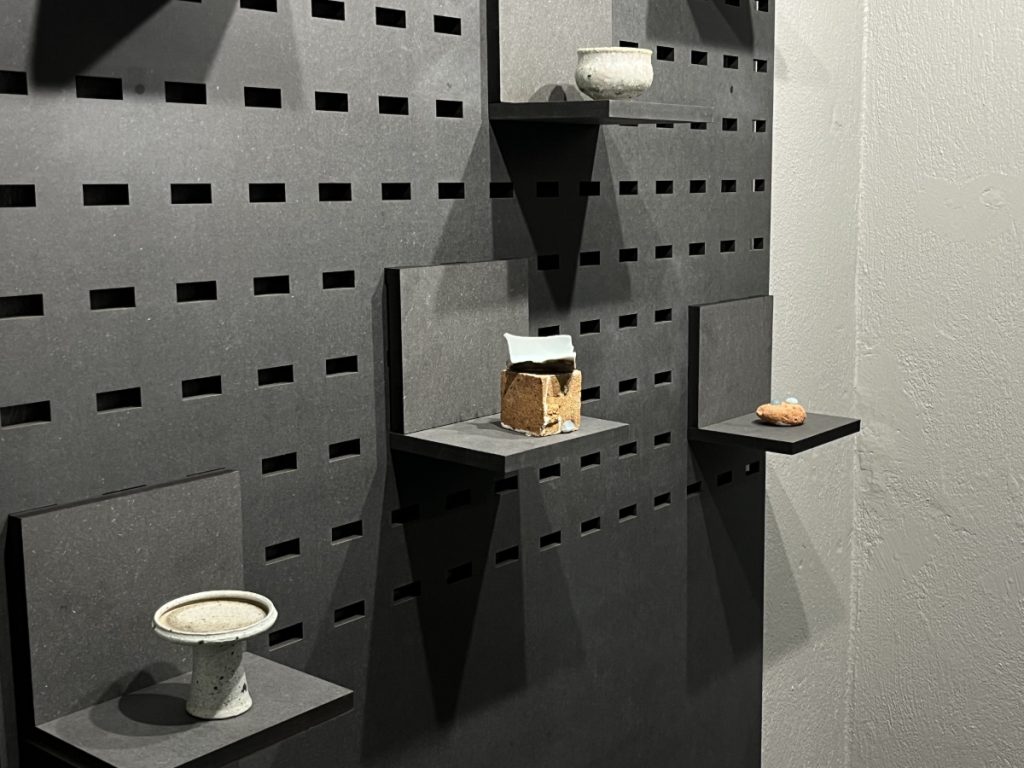
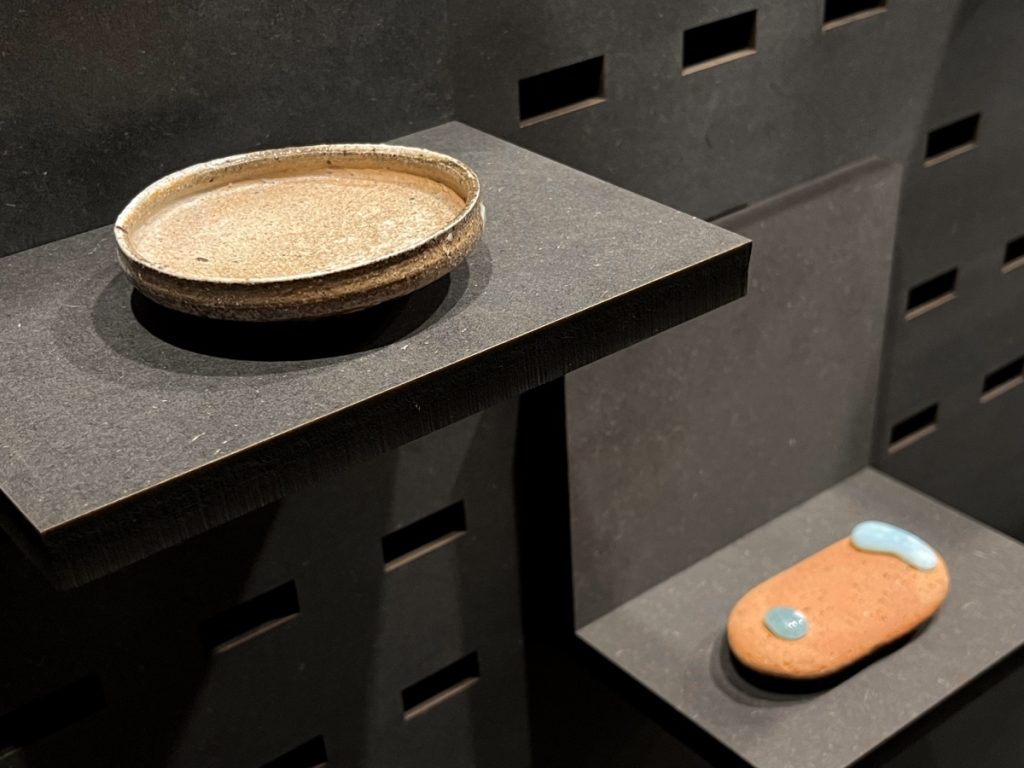
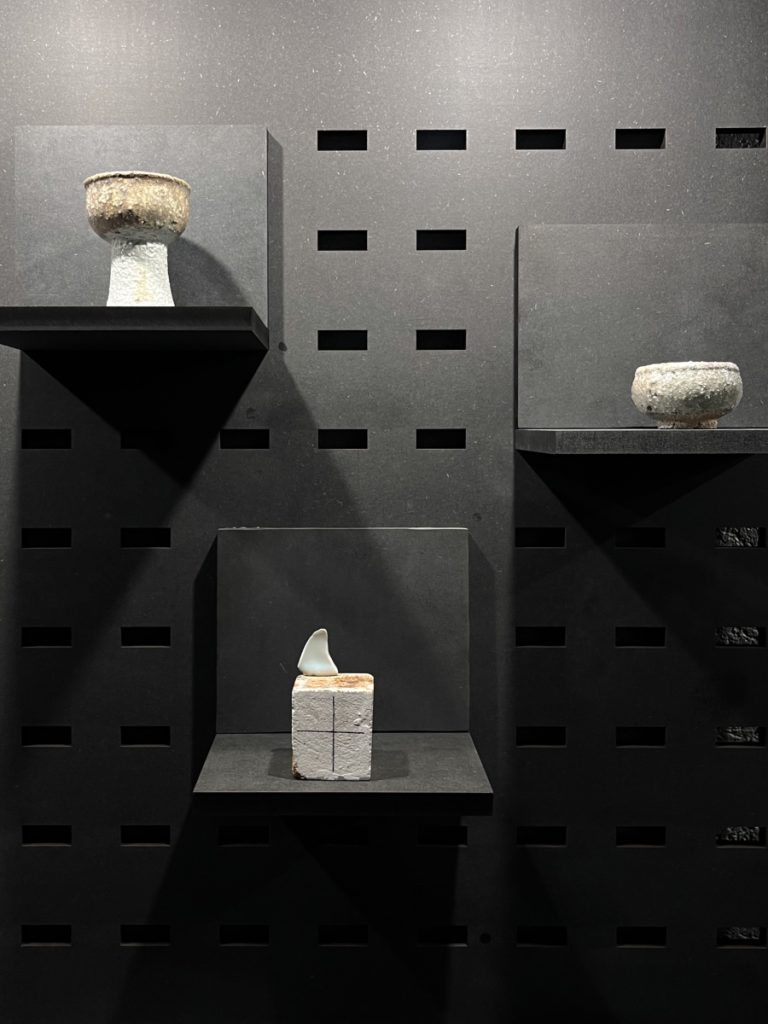
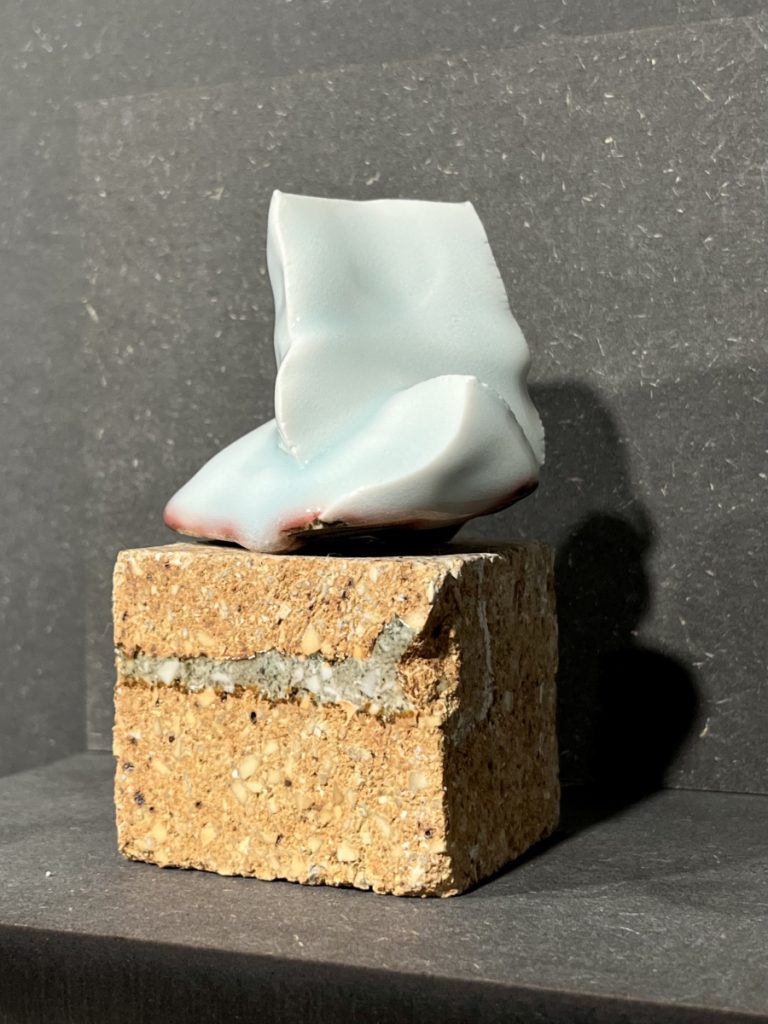
Masamichi Yoshikawa & Akira Koie is on view at Espace Borax, Vevey
September 23 – October 1, 2023
This exhibition is the fruit of an encounter at Tokoname. Being one of the six ancient kilns of Japan, it has a tremendous impact on the world of old and contemporary Japanese ceramics.
As you know, Japan is a nest for ceramic creation and a huge center of diversified productions. Being part of this heritage is a blessing and can also be a burden. Continuing to represent the style and technical particularities while creating new formal vocabulary has always been a purpose for contemporary artists. Some join these sites of production where a creative wind is blowing.
Both Masamichi YOSHIKAWA and Akira KOIE have their workshop there for different reasons. The former came in his 20s to follow the teaching of a designer; he later became interested in ceramics. His work is not directly influenced by the style of Tokoname’s earthenware but more by the creative spirit that reigns there. In fact, he was struck by the amount of industrial ceramic waste surrounding him.
Masamichi Yoshikawa made a conscious choice to stand out from the works of other artists by using porcelain with celadon color and cobalt glazes. Still, he is an integral part of Tokoname and his studio is often filled with students and well-known ceramicists who share heated discussions. The latter was born amidst this center of production, and his father, Ryoji KOIE, happened to be one of the major leaders of Japanese contemporary ceramics. At first, he was more attracted to architecture and didn’t want to follow the profound path of his father. While taking part in an archeological excavation at Tokoname, where he discovered an old ceramic chard, he became interested in the technical process of firing kilns.
The works of these two artists are technically very different. Masamichi YOSHIKAWA uses porcelain and a « Seihakuji » glaze fired in a modern gas kiln. In contrast, Akira Koie uses clay and glaze excavated directly in front of his workshop or very close and uses a traditional wood-fired kiln. But both share the technical truth of the material and the deep desire to master firing techniques. They are a true example of the richness of the creative process that transcends all generations.
Masamichi Yoshikawa creates minimalistic and architectural sculptures mixing celadon porcelain fired in a gas kiln, sometimes associated with a glass component as a basement. On the other hand, Akira KOIE makes raw and sturdy utilitarian ceramics made with clay dug from his workshop front yard and fired in the wood firing kiln that he built with his father.
The exhibition at Espace BORAX presents small-sized works because the gallery also exhibits jewelry, and the space is intimately situated in an old prison building with small rooms. Masamichi YOSHIKAWA will show a series of small-size work from his glass and celadon ware objects (in the Japanese understanding of non-utilitarian pieces) and some new and whimsical works made with recycled ceramic waste components and glaze drops. On the other hand, Akira KOIE is exhibiting small-size earthenware characterized by the blackness resulting from the firing.
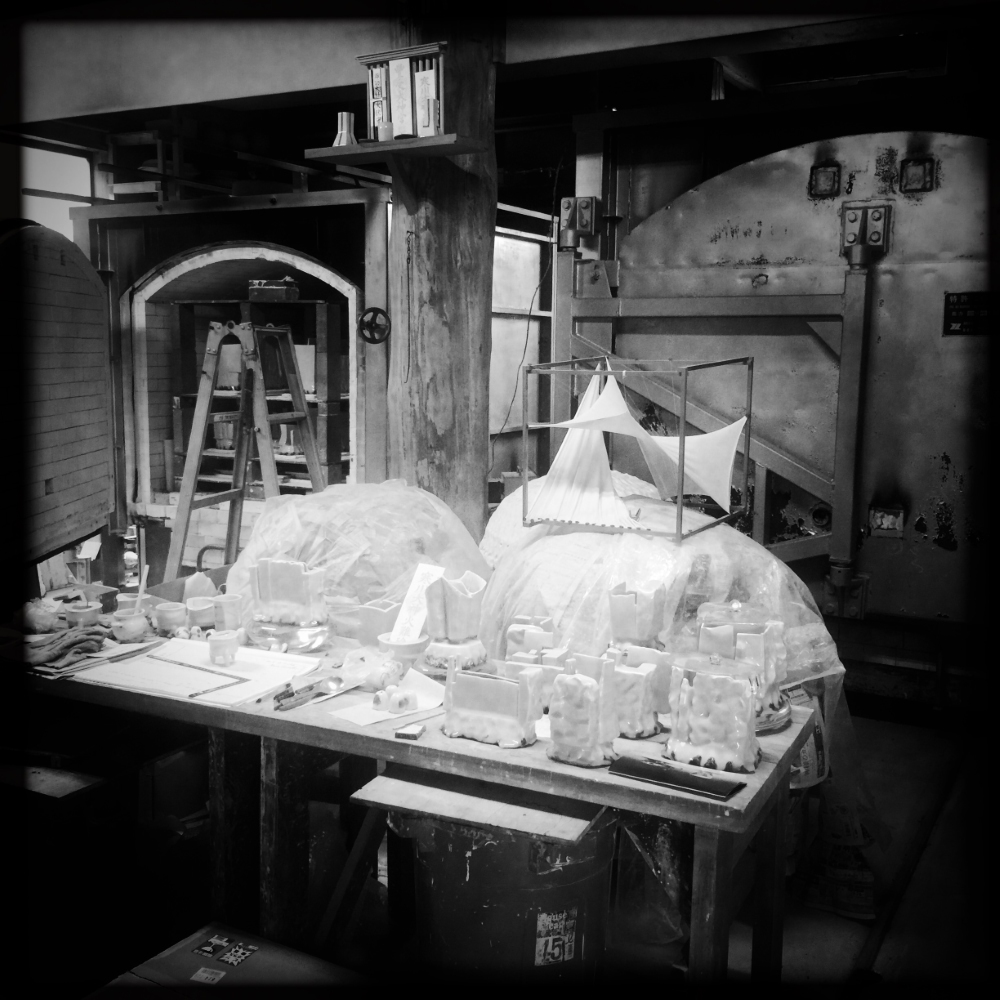

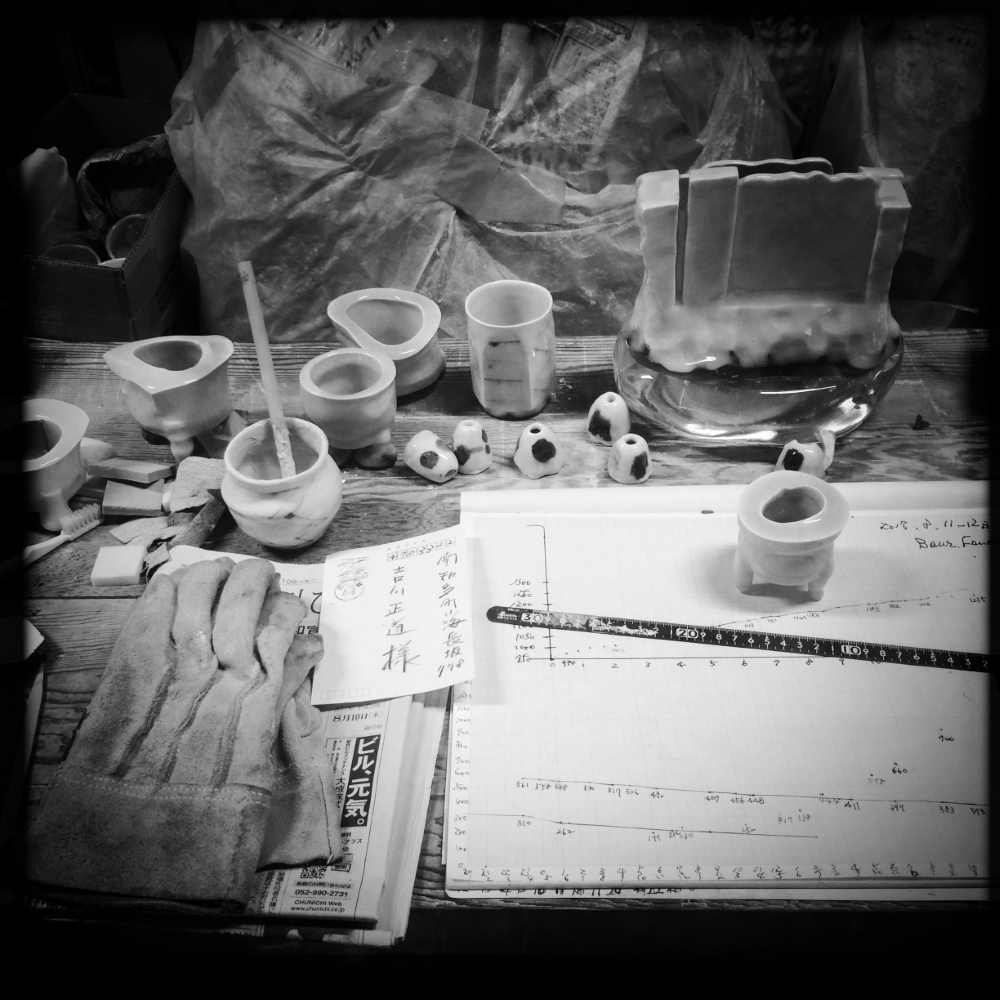
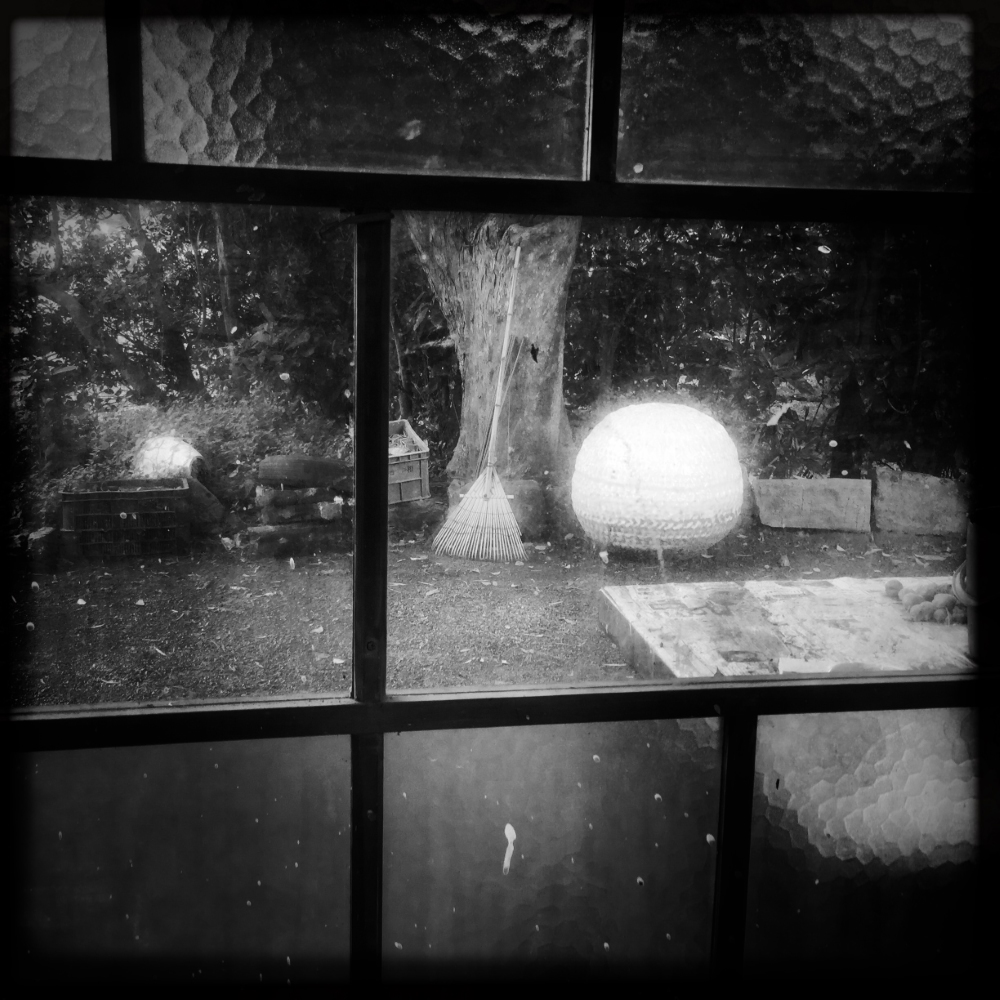
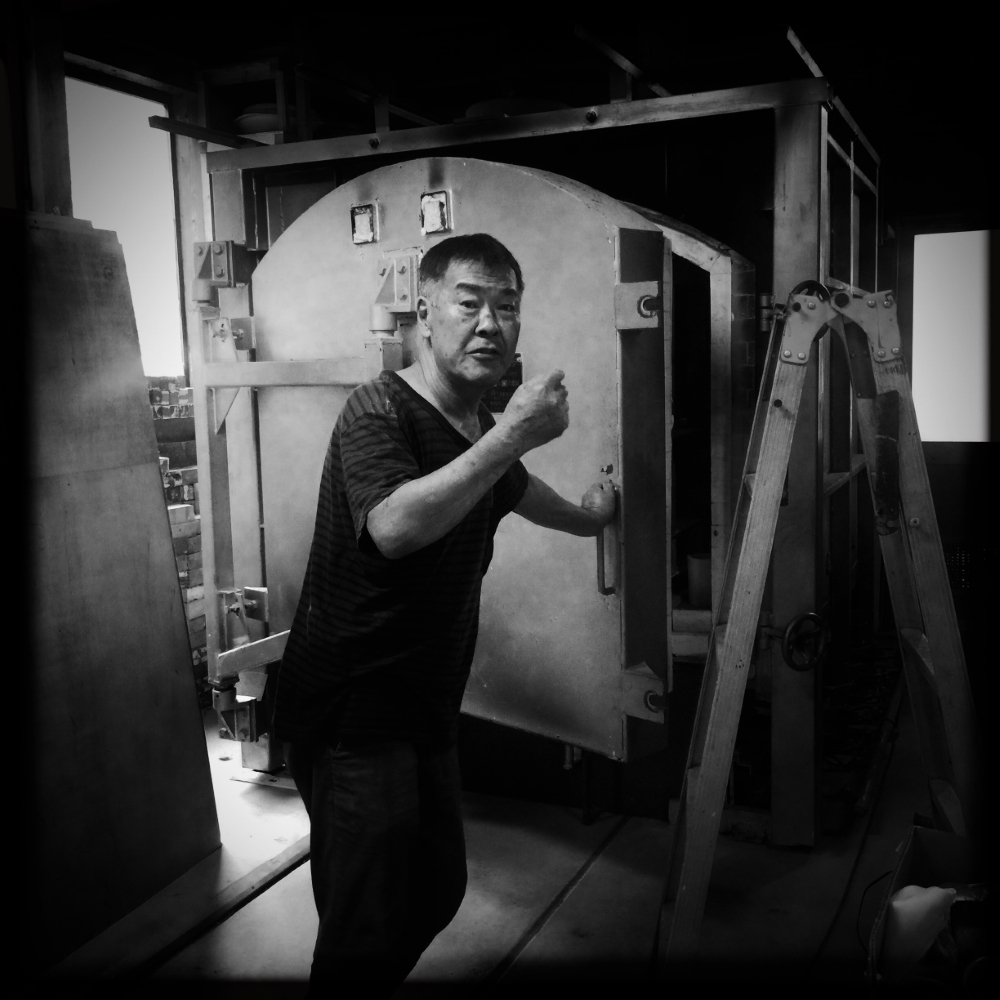
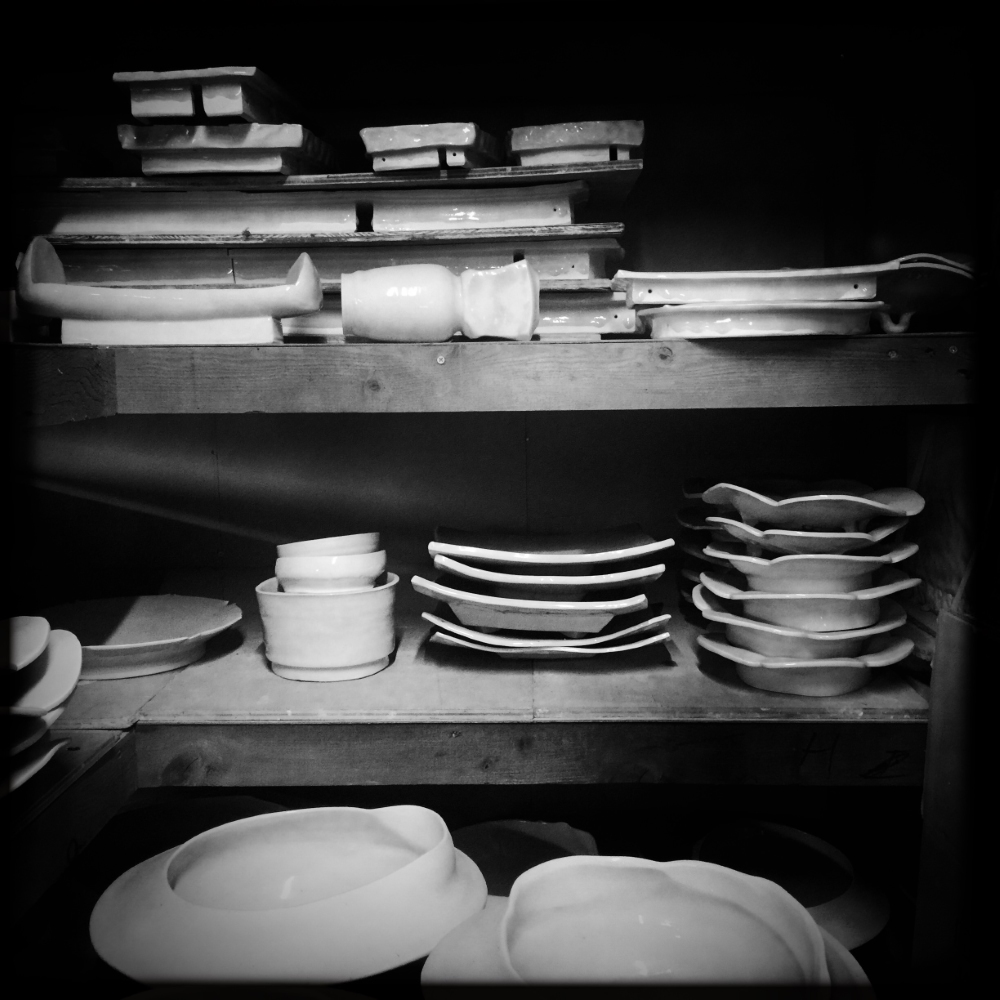
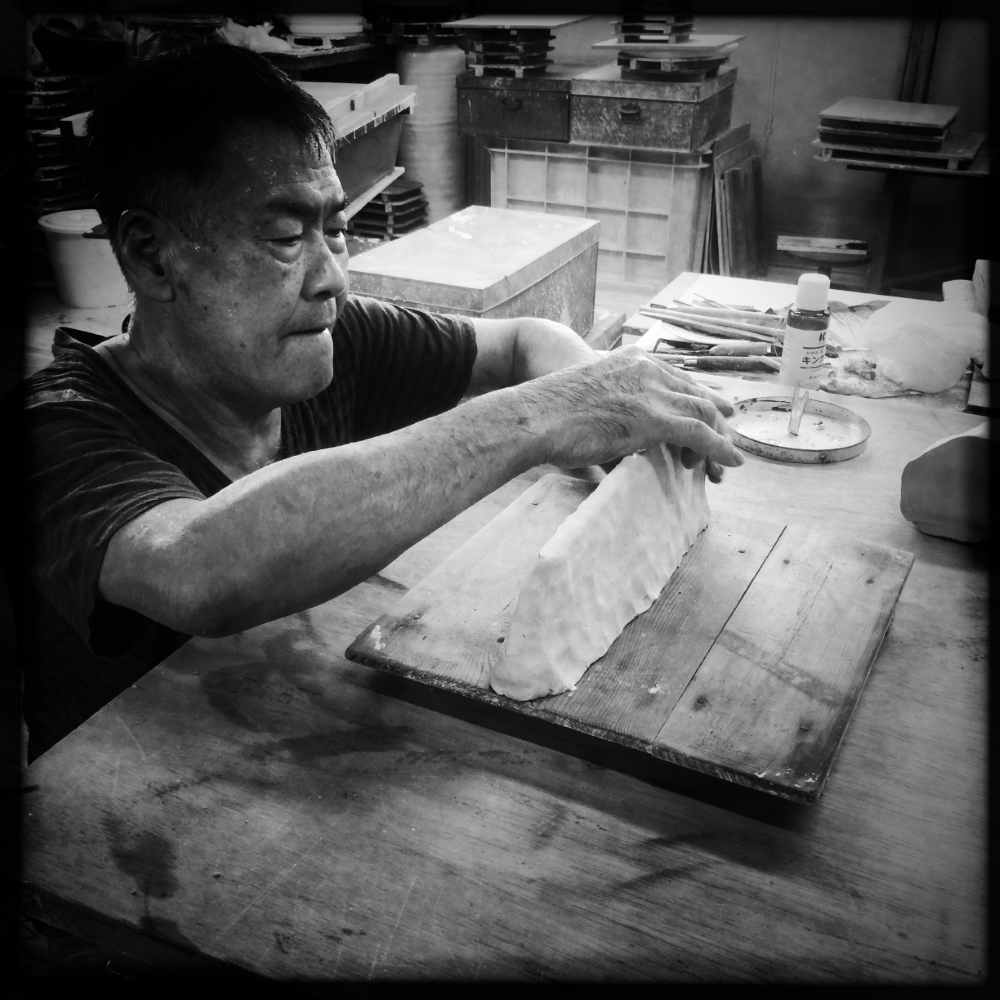
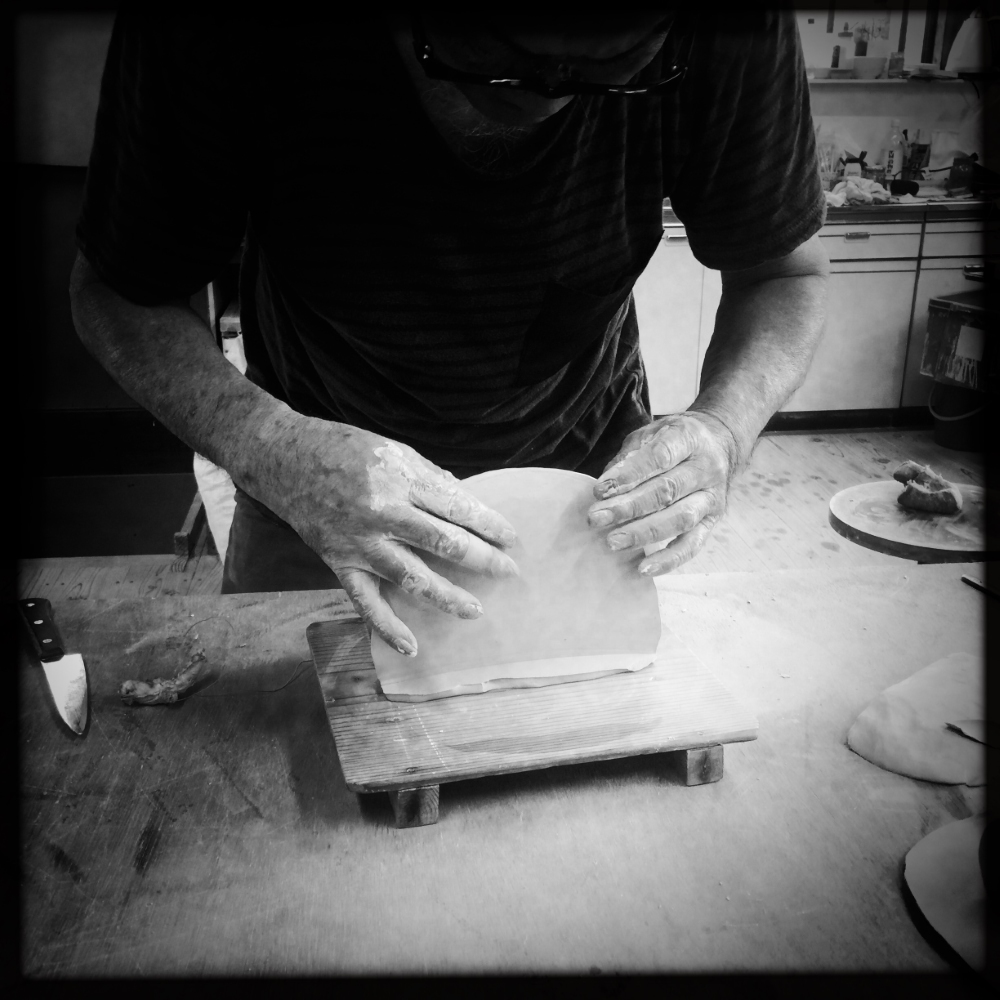
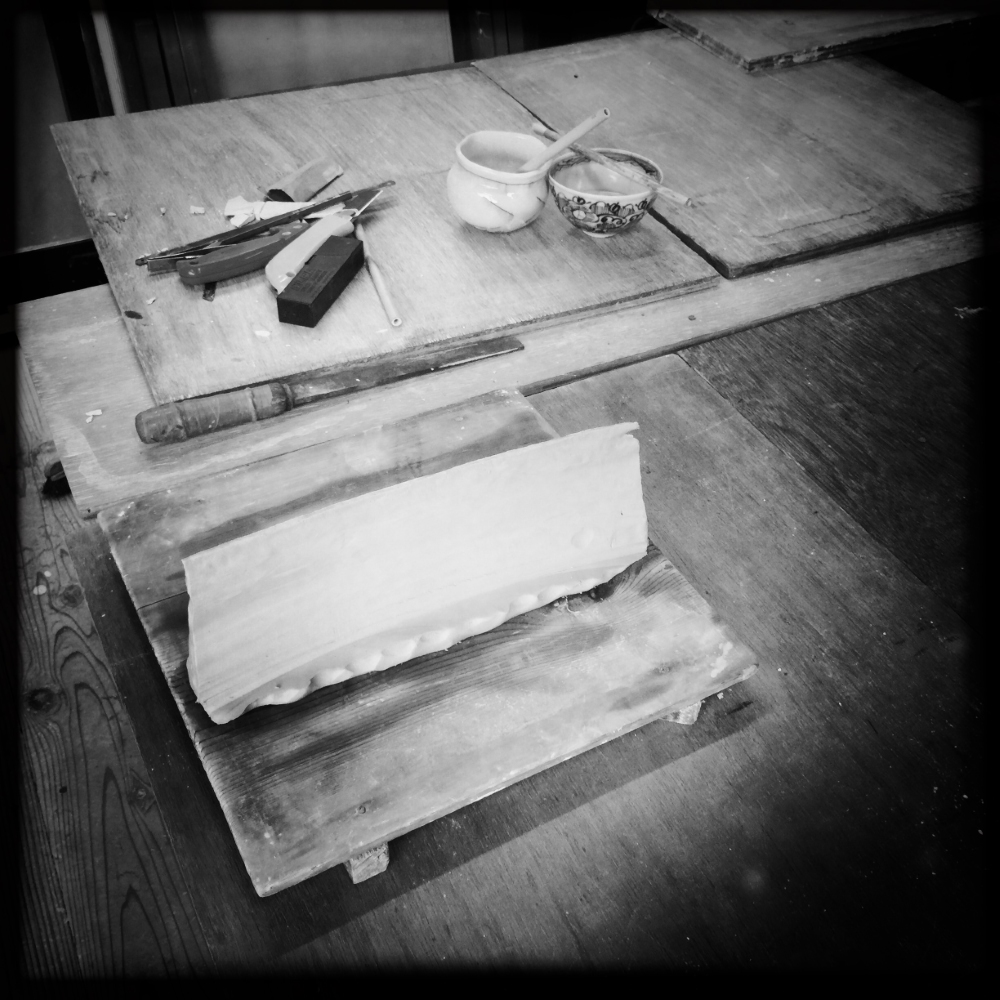
Masamichi YOSHIKAWA (吉川正道)
Masamichi was born in Chigasaki in the prefecture of Kanagawa. He studied industrial design at the Japanese Design Academy in Tokyo before joining the design studio of Sugei Junpei in Tokoname. After further studying ceramics in the studio of a local master potter, he set up his own studio in 1975. His international career started when he won the Grand Prize at the 3rd Biennale of Vallauris in France. After that, he exhibited worldwide, participated in many international symposiums, and taught as a Professor at the Nagoya University of the Arts. He has been an IAC (International Academy of Ceramics) member since 1984.
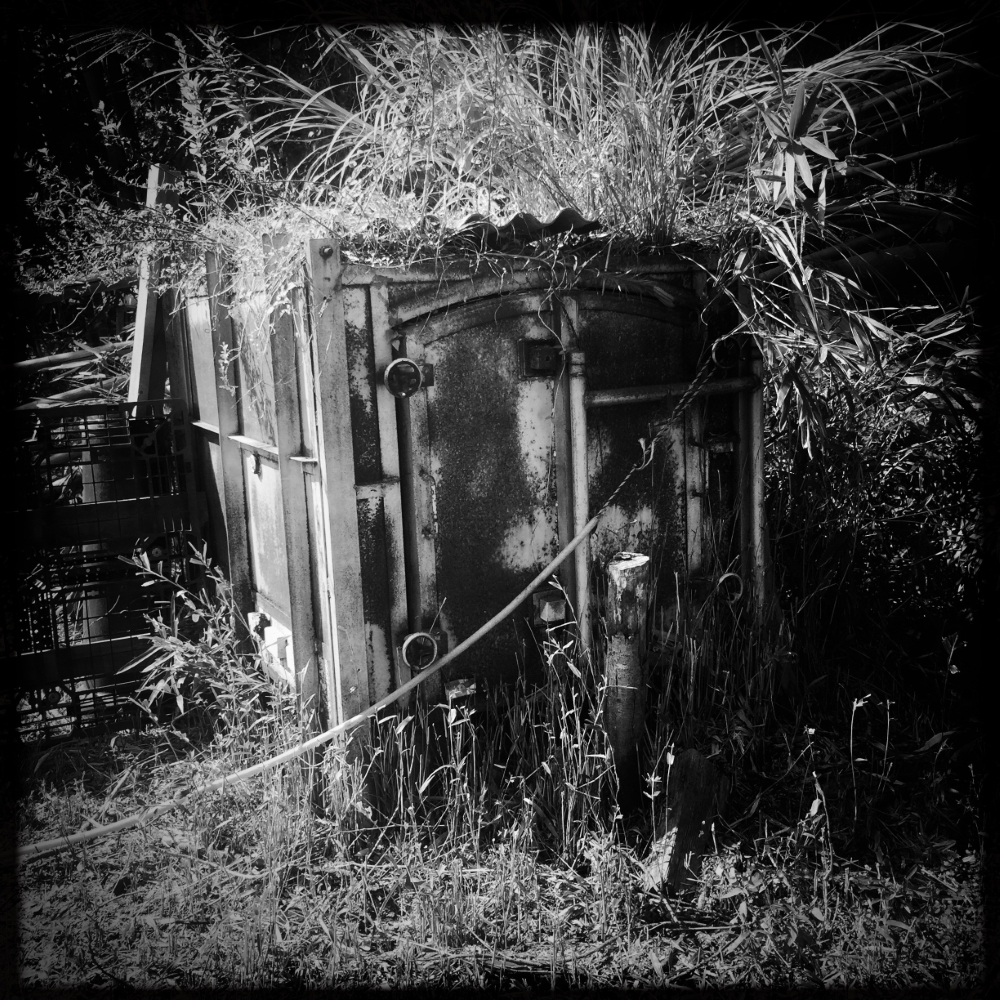
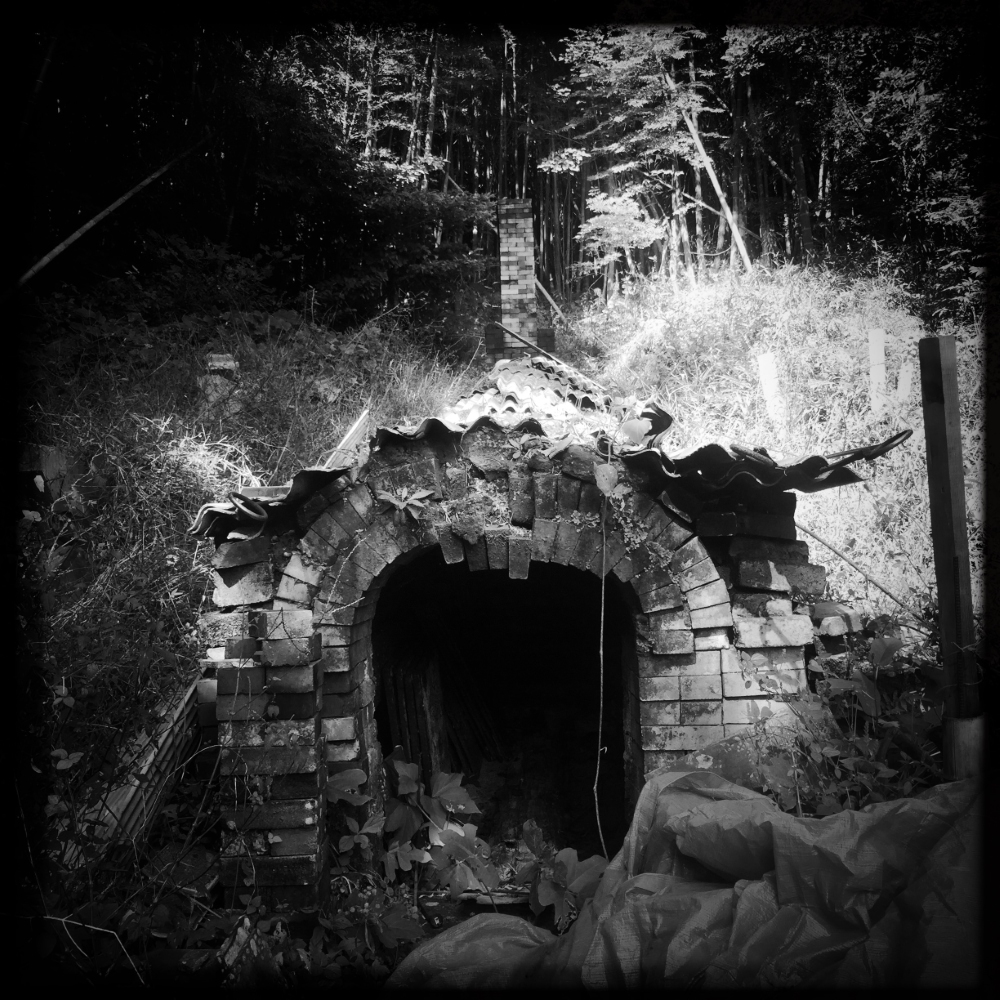
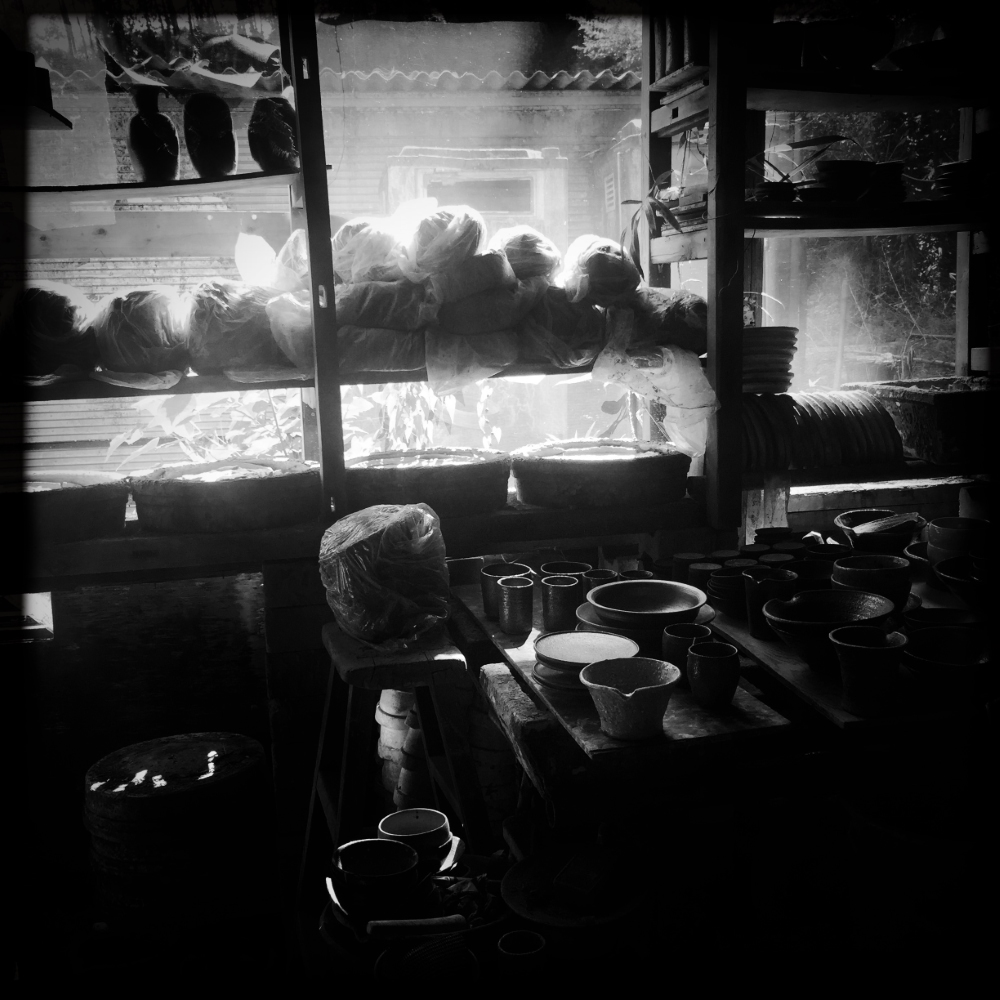
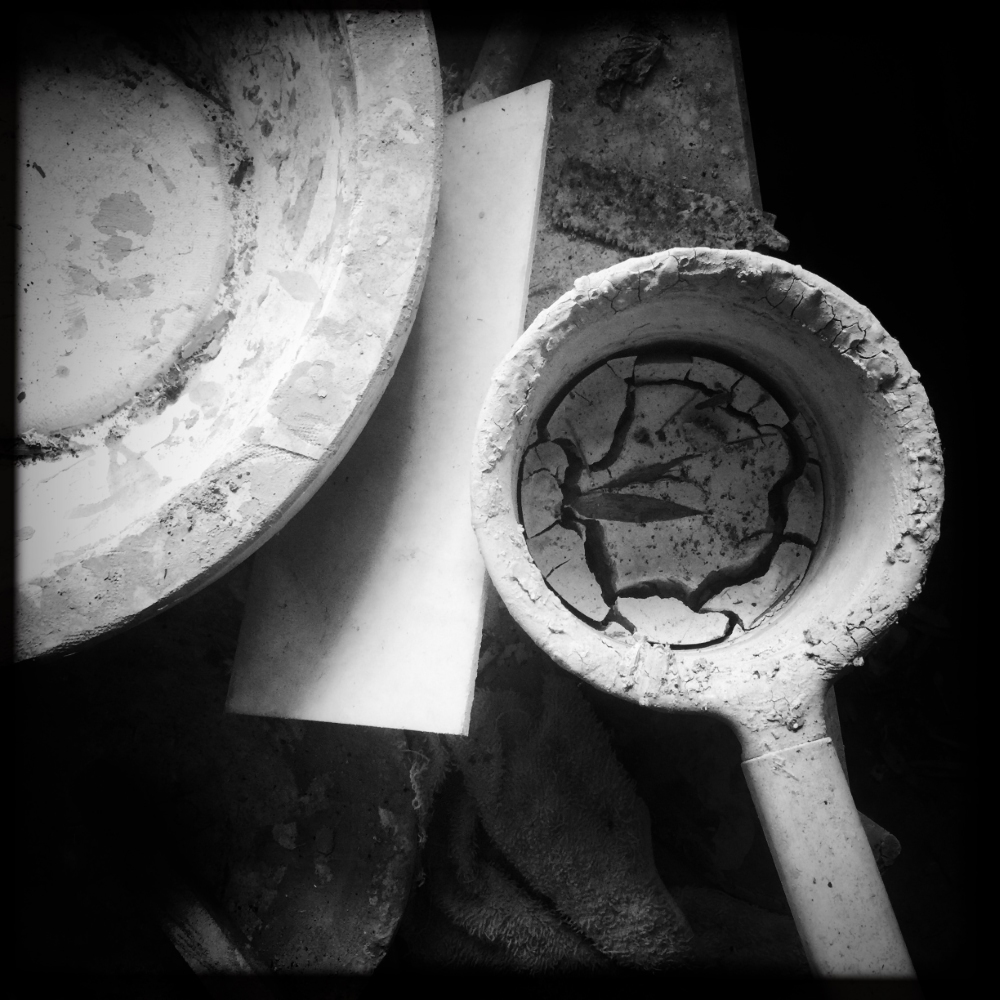
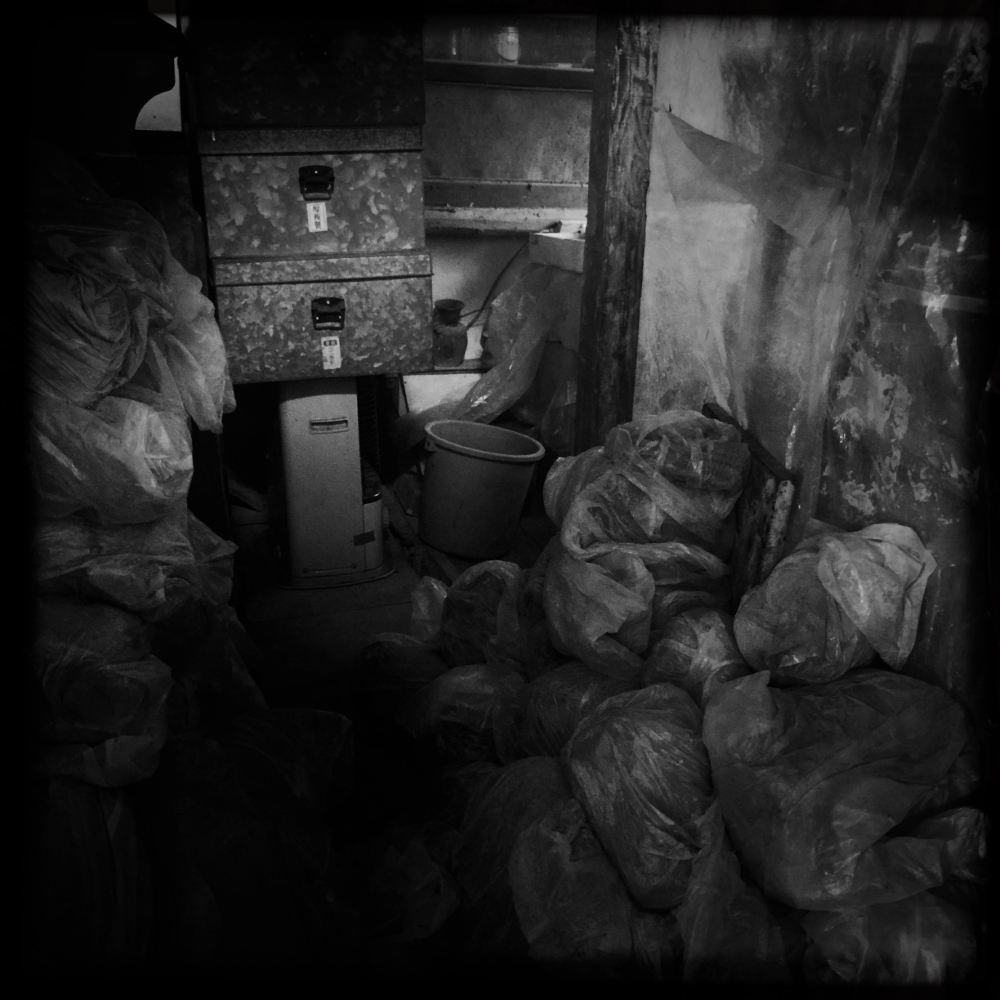
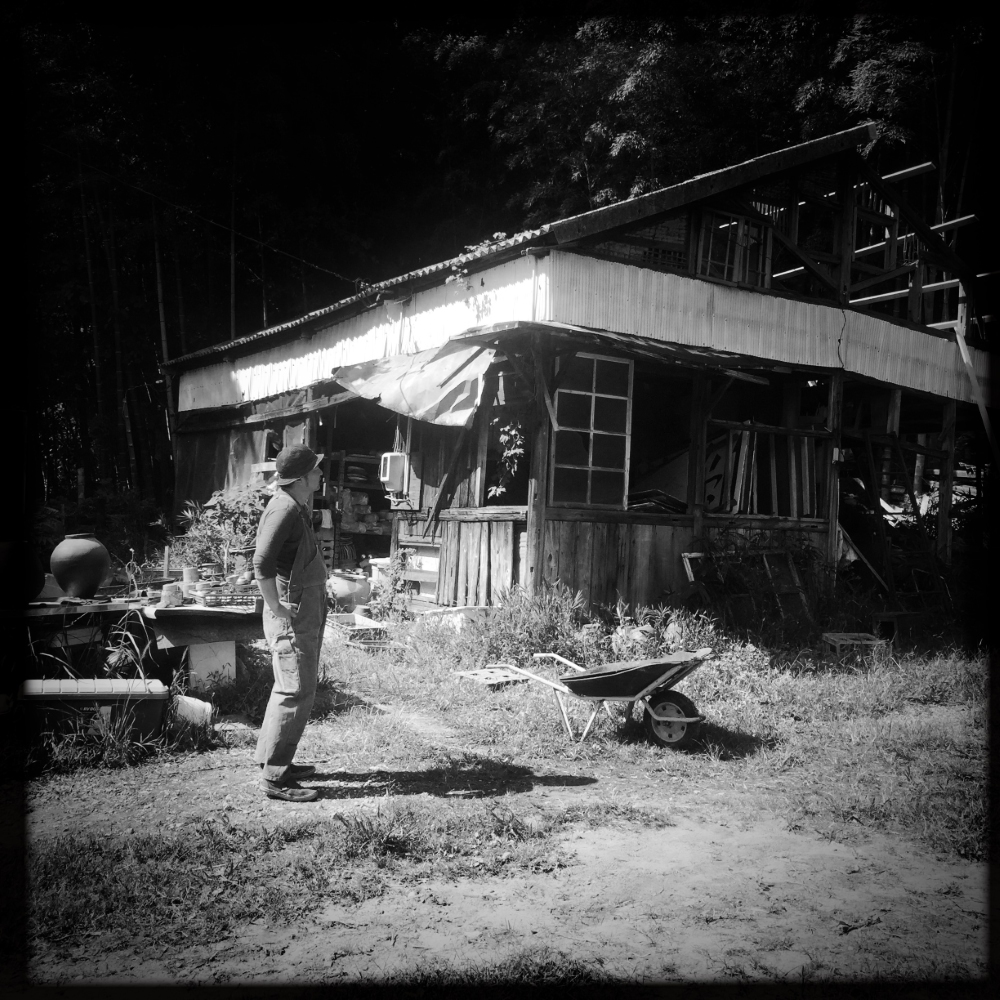
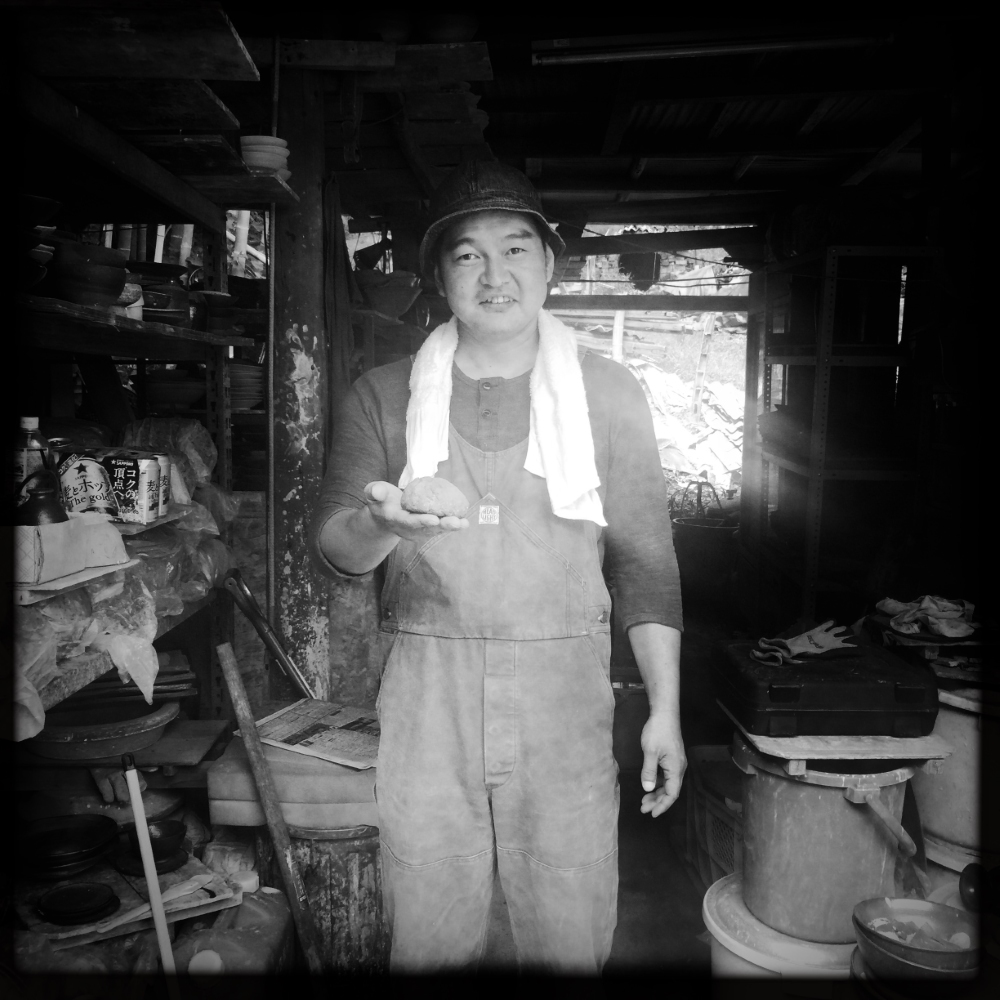
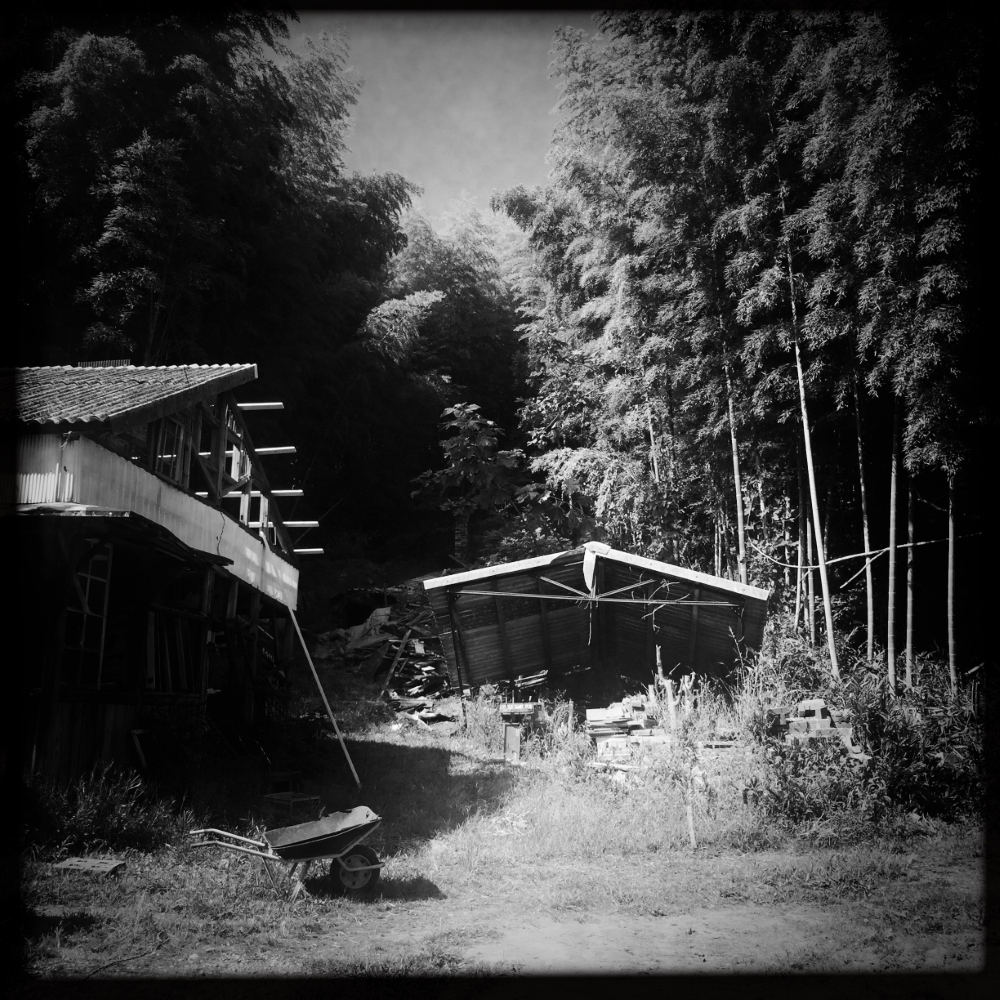
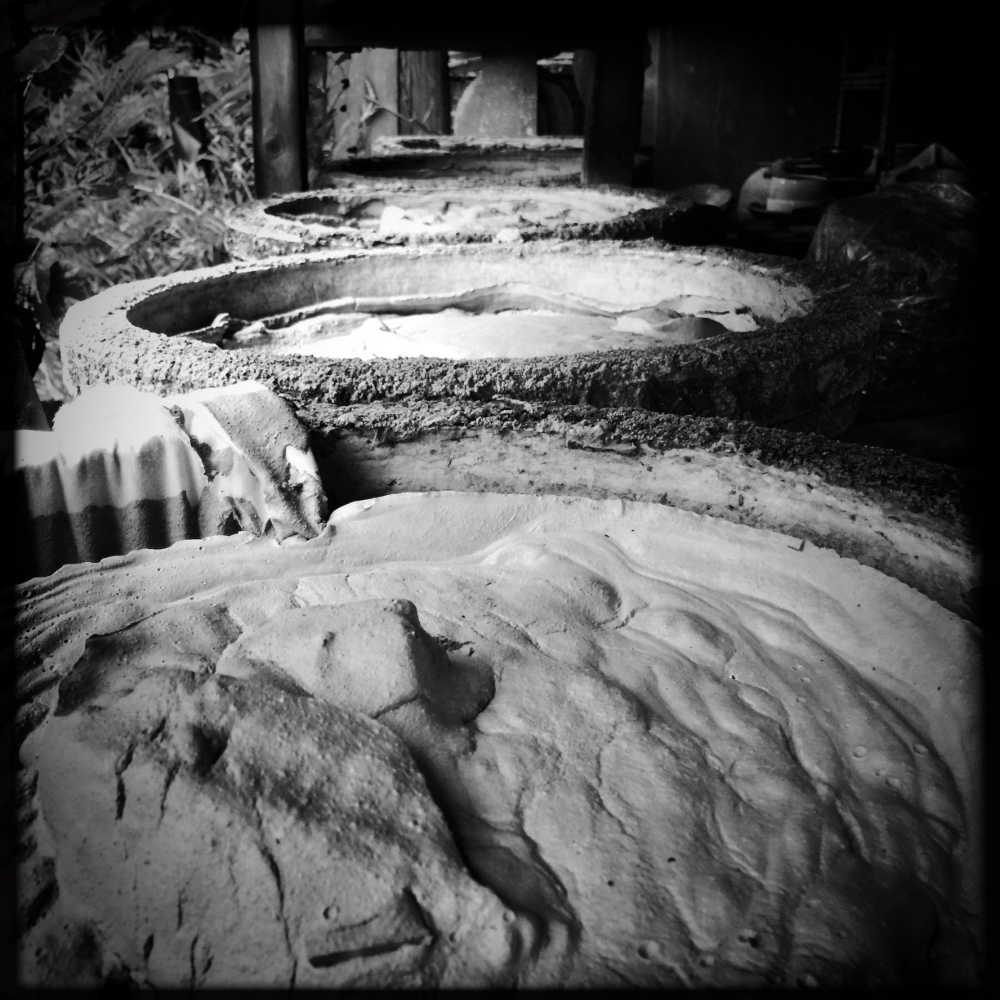
Akira KOIE (鯉江明)
Son of Ryouji KOIE, one of the leaders of Japanese contemporary ceramics. Born in 1978, although he was surrounded by ceramics for a long time, he wasn’t interested in the subject. While participating in archeological finds in the region, he found an old chard with some marks of rice grains used at the bottom of the foot rim to prevent the pot from sticking to the kiln or another piece if stuck.
This confrontation with old techniques and history gave him the energy to start a career. With the help of his father, he built his kiln on a land where he still works today. Akira Koie has a strong interest in glazes and old techniques, which brought him to collaborate with Korean potters and study the elaborate firings of chamber kilns.
Tokoname (常滑焼)
TOKONAME is important because it is one of the six old ceramic production kilns in the Middle Ages, between the 12th century. and the 15th century. in Japan. The sites of SETO-TOKONAME-ECHIZEN-SHIGARAKI-TANBA-BIZEN represent them. These regions in central Japan have just been listed as Japanese Cultural Heritage in 2017. Their style varied according to the places of production and the local materials.
Tokoname is characterized by the production of unglazed jars cooked at high temperatures between 1200 and 1300 degrees. This firing is called Yakishime, which causes beautiful brown and red spots due to the placement of objects during cooking.
Today, Tokoname is known for the production of unglazed dark earth teapots sanded half-drying, but also for the production of industrial pipes.
It served as a production model for other ovens in Japan.
BORAX
Espace Borax is a dedicated space for contemporary jewelry and ceramics. It was founded in Vevey in 2021 by the Swiss collective Einzweidrei, organizing international art exhibitions since 2006. The tiny space is located in a historic 13th-century building, formerly a prison transformed into a cultural space. Despite its size, Espace Borax hosts five exhibitions yearly, each running for just two weekends.
The collective has a strong connection with ceramics through the Vevey School of Art, renowned for its training in contemporary ceramics. Additionally, a close bond with Japan has been established through a trip and an exhibition during the Fukushima Biennale.
The exhibition is on view during the weekend of September 23-24 and September 30 – October 1, 2023.
Article by Andrea Polier Sugawara and Nicolas Christol
Contact
contact@einzweidrei.info
BORAX bijoux et art contemporain
Rue du Panorama 4
1800 Vevey
Switzerland



